FR4 Semi-Flex PCB
Smart and Reliable
Product Benefits

Size Optimization
Using FR4 Semi-Flex optimizes the PCB size, saving the space of the connectors on both “rigid” parts.

Cost-Effective
The FR4 Semi-Flex replaces 2 or more PCBs, simplifies the assembly process, eliminates connectors, and is cheaper than the Rigid-Flex solution.

Time Saving
FR4 Semi-Flex reduces the time needed for design, procurement, and assembly.

Reliability and Durability
Fewer solder joints and fewer connectors.
What is FR4 Semi-Flex PCB?
Definition
A semi-flex PCB is characterized by its ability to bend or flex to a certain degree while maintaining its structural integrity. This type of PCB is often used to save space in the final product and avoid the use of connectors between two circuit boards. Semi-flex PCBs are manufactured using a combination of traditional PCB fabrication processes, such as photolithography, etching, and drilling, as well as specialized techniques for handling the flexible substrate. The final product is a PCB that can bend or flex to a certain degree while maintaining its electrical performance and durability.
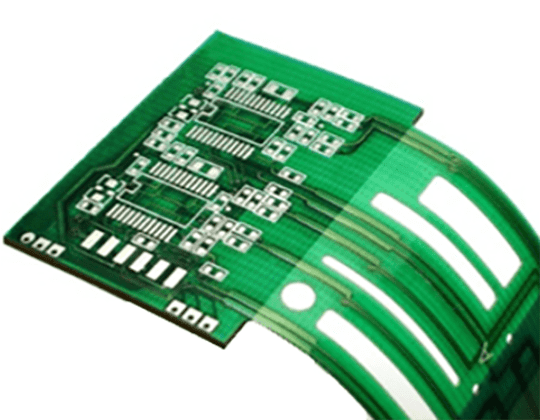
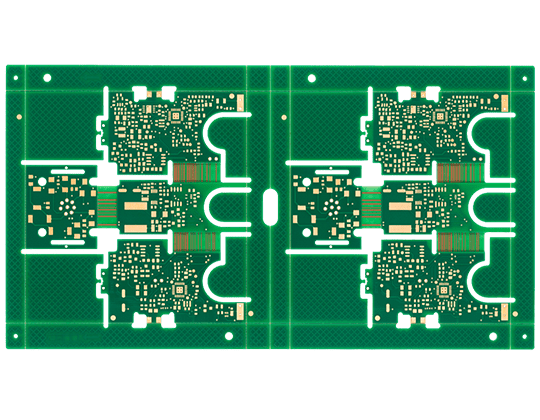
Specifications
Base Material: The base material used in a semi-flex PCB is FR4.
Flexible Area: The flexibility is created either by Z-milling the flex area in the FR4 or by sequential stack-up. The thin FR4 area allows a certain degree of static flexibility, with less than 10 bending cycles.
Lines and Spaces: There are restrictions to minimum trace and spacing widths in the semi-flexible area to ensure trace strength and reliability.
Layer Count: There are no restrictions to the total layer count in an FR4 Semi-Flex PCB, but the flexible part can only hold a maximum of 2 layers.
Surface Finish: All common surface finishes are supported on FR4 Semi-Flex
Solder Mask: The solder mask in the flexible area needs to be either a flexible solder mask or a PI coverlay. Other parts of the circuit board can have a standard liquid solder mask.
Do you need Semi-Flex PCB?
FR4 Semi-Flex is a cheaper solution than Rigid-Flex. It should not be used for applications exposed to shock and vibrations. FR4 Semi-Flex creates reliable 3D connectivity opportunities by replacing board-to-board connectors, which leads to space and weight reductions. It is widely used in Instrumentation, Metering, Sensor technology, and Industrial controls.
Technical Data
Semi-Flex PCB Feature
| Semi-Flex PCB Feature | ICAPE Group Semi-Flex PCB technical specification |
|---|---|
| Layer count | Up to 16 layers with 2 layers at bending zone. |
| Technology highlights | Rigid PCB with deepth control milling to assume a bending zone (Max 2 layers). Cost effective option for flexible and static application. |
| Materials | Specific FR4 |
| Base Copper Thickness | From 1/2 Oz base to 1 Oz for bending zone. Up to 3+C53 Oz for rigid zonz. |
| Minimum track & spacing | 0.075mm / 0.075mm |
| Surface finishes available | OSP, ENIG, ENEPIG, soft-Gold, Gold finger, immersion Tin, immersion silver |
| Minimum mechanical drill | 0.15mm |
| PCB thickness | 1,00 to 2,4mm. |
| Maxmimum dimensions | 525x580mm |
Close to you, you best contact
Learn more about Semi-Flex
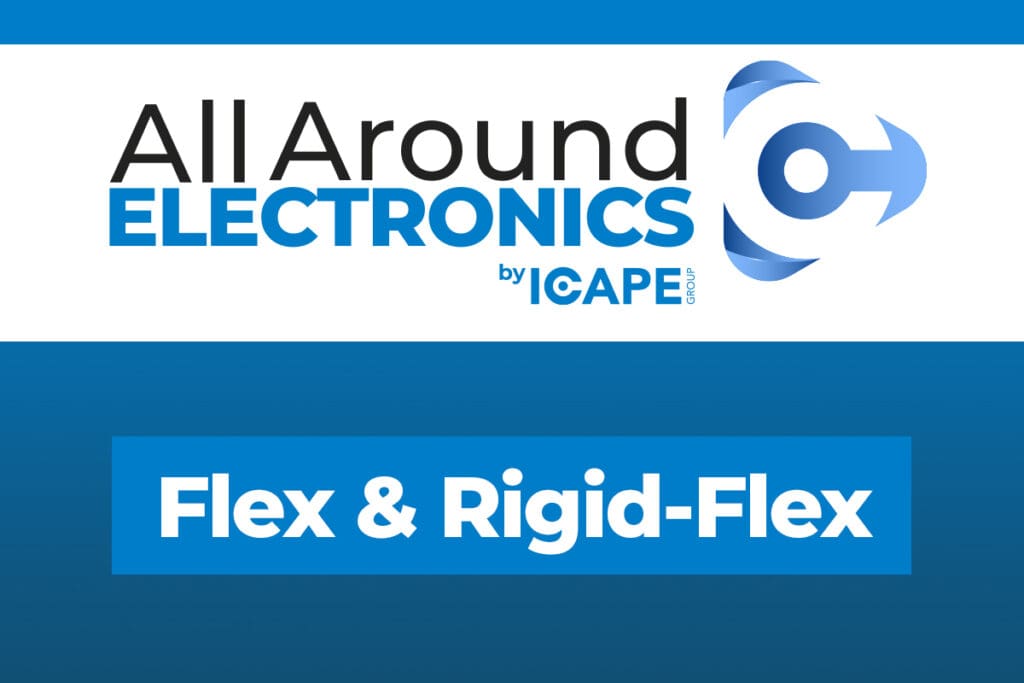
Webinars
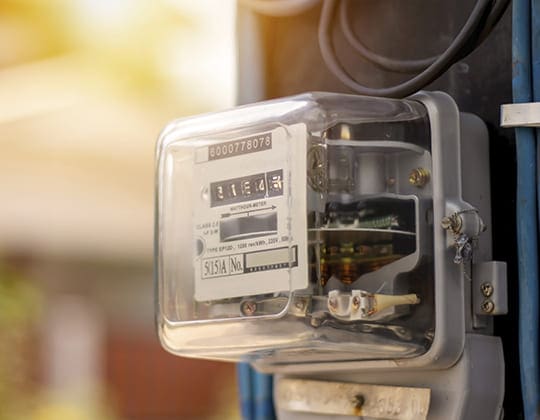
Industries
Discover how Semi-Flex PCB impacts several different industries and multiple fields.
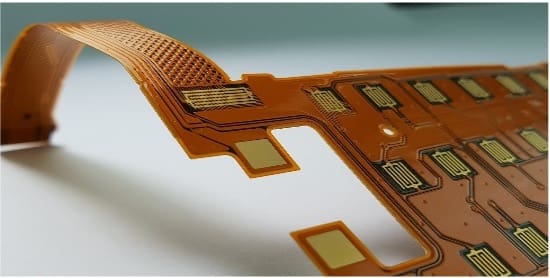
Technologies
Learn about the different technologies in the PCB industry and find which one suits your needs best.
Any questions?
There is an ICAPE Group team close to you and your business. All around the world, our business units are staffed with native experts available to answer all your questions.
Contact us today!